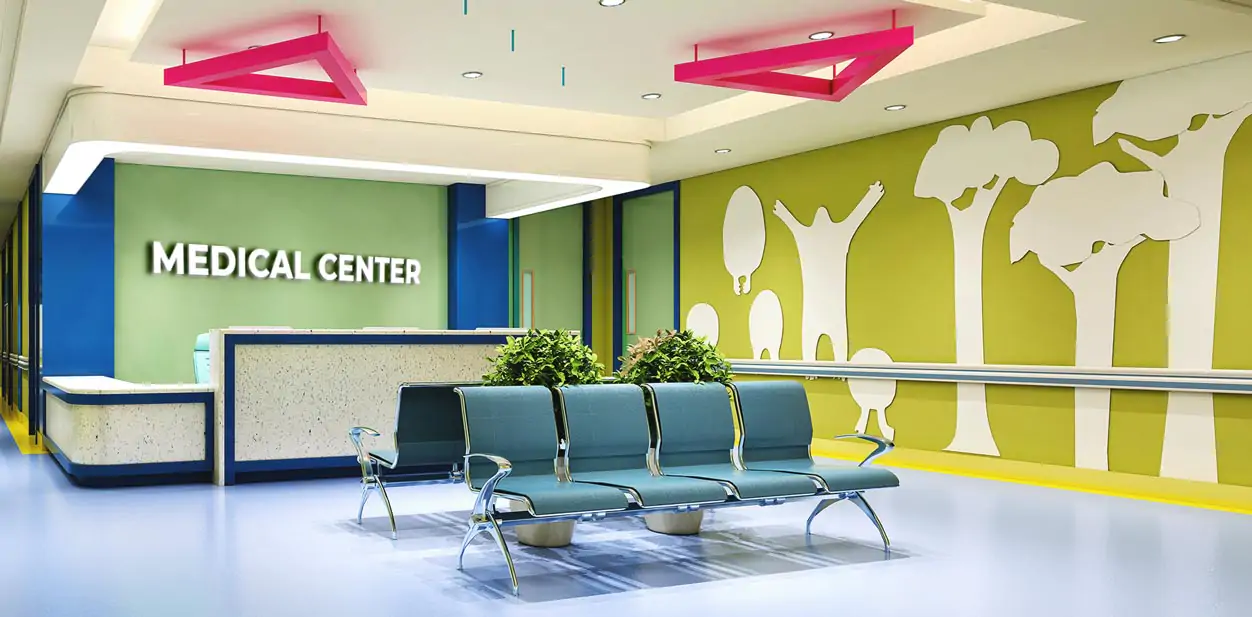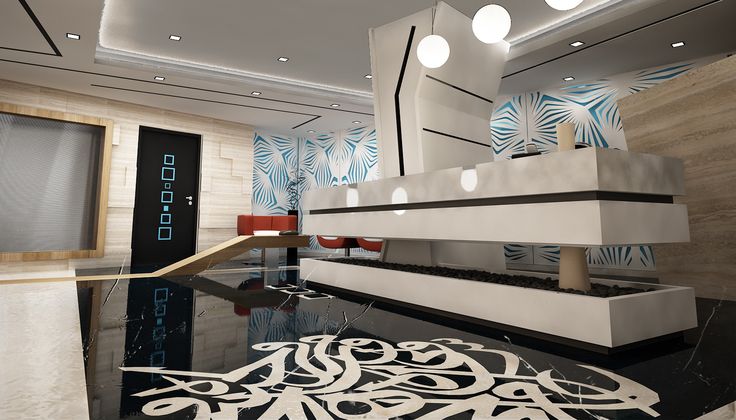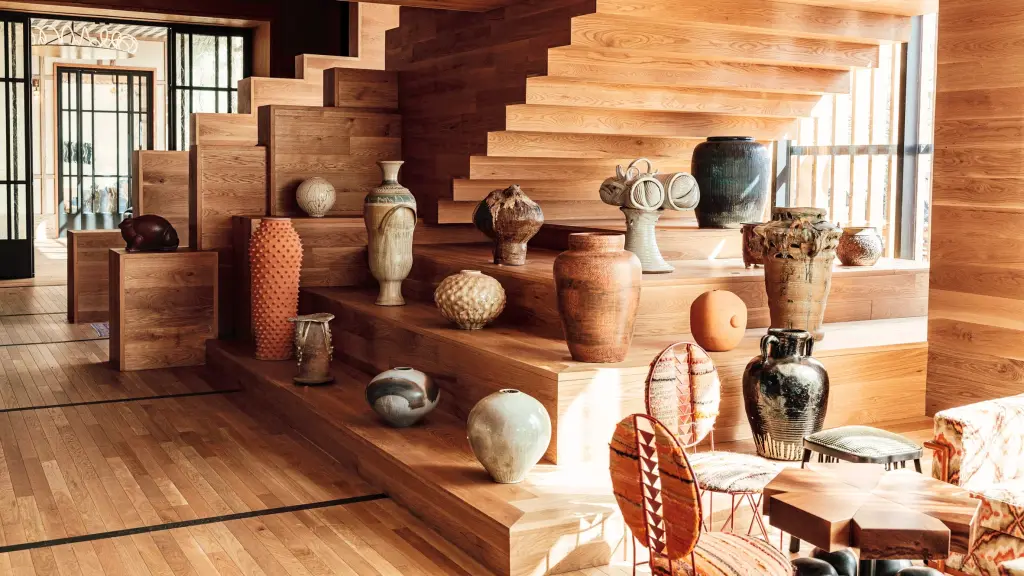Dubai medical center interiors are known for their luxurious interiors that blend traditional Arabic design with contemporary elements. This fusion creates a unique, sophisticated, timeless, modern look.
If you plan to build your interior design career in Dubai, it is crucial to understand the Arabic roots and the beauty of its culture. This is a good initial step to merge the rich tradition with the complementing elements of the modern world and eventually succeed in your craft.
Let’s explore the fusion of Arabic and contemporary design within Dubai medical center interiors.
Blending Traditional and Modern Elements
The foundation of Arabic design is rooted in geometric shapes, intricate patterns, and vibrant colors. Contemporary design, on the other hand, emphasizes simplicity, minimalism, and clean lines. The fusion of these two styles creates a beautiful and harmonious balance between tradition and modernity.
One of the key elements of Arabic design is ornate patterns and motifs. These patterns can be seen in everything from textiles to architectural details. In contemporary design, patterns are often more subdued, emphasizing texture and material. In Dubai interiors, these two styles are blended by incorporating Arabic patterns in a more subtle and contemporary way. This can be seen in the use of patterned tiles or wallpaper with a modern twist.
Another element of Arabic design is the use of rich, warm colors. This can include everything from deep reds to vibrant blues and greens. In contemporary design, neutral colors like white, gray, and beige are more commonly used. The fusion of these styles can be seen in Dubai medical center interiors by incorporating rich colors in a more understated and modern way. This can include using a statement piece of furniture in a bold color or incorporating colorful accent pieces like pillows or rugs.
Lighting and Calligraphy
Lighting is also an important aspect of Arabic and contemporary design. In Arabic design, lighting is often used to create a warm and inviting atmosphere, which can be achieved with lamps, lanterns, and chandeliers. In contemporary design, lighting is used to create a more functional and efficient space. In Dubai medical center interiors, these two styles are blended by incorporating traditional Arabic lighting in a modern and functional way.
Incorporating Arabic calligraphy is another way to create a fusion of traditional and contemporary design in Dubai interiors. Calligraphy is a form of art deeply rooted in Arabic culture and is used to convey meaningful messages through written words. In contemporary design, calligraphy is used more abstractly to add a sense of sophistication and elegance to a space. In Dubai medical center interiors, this can be seen in the use of calligraphy on walls, rugs, or decorative pieces.
Natural Materials and Interior Design Courses
Another element that is often incorporated in Dubai medical center interiors is the use of natural materials. This can include everything from marble and wood to natural stones like granite and travertine. Natural materials create a sense of warmth and texture, which can add a sense of luxury and sophistication to a space.
In contemporary design, natural materials are often incorporated to create a sense of harmony and balance.
Regarding interior design courses in Dubai, many institutions offer courses that focus on the fusion of Arabic and contemporary design. These courses teach students how to incorporate traditional Arabic design elements modern and sophisticatedly. Students also learn about the importance of functionality, lighting, and color schemes in creating a harmonious and luxurious interior.
Wrapping Up
In conclusion, the fusion of Arabic and contemporary design in Dubai medical center interiors create a unique and sophisticated, timeless, and modern look. By blending traditional Arabic patterns, colors, and lighting with modern design elements, designers can create beautiful and harmonious spaces that are both functional and luxurious. By integrating calligraphy, natural materials, and other design elements, designers can create interiors that are not only beautiful but also culturally rich and meaningful.







